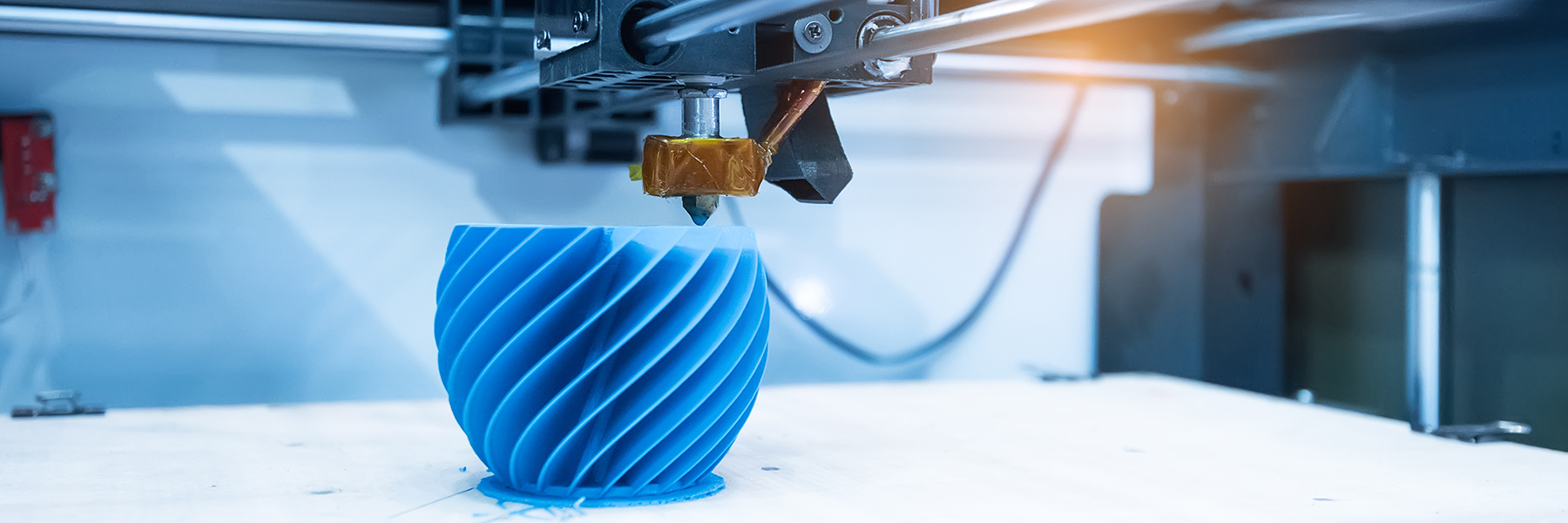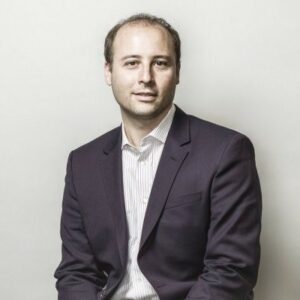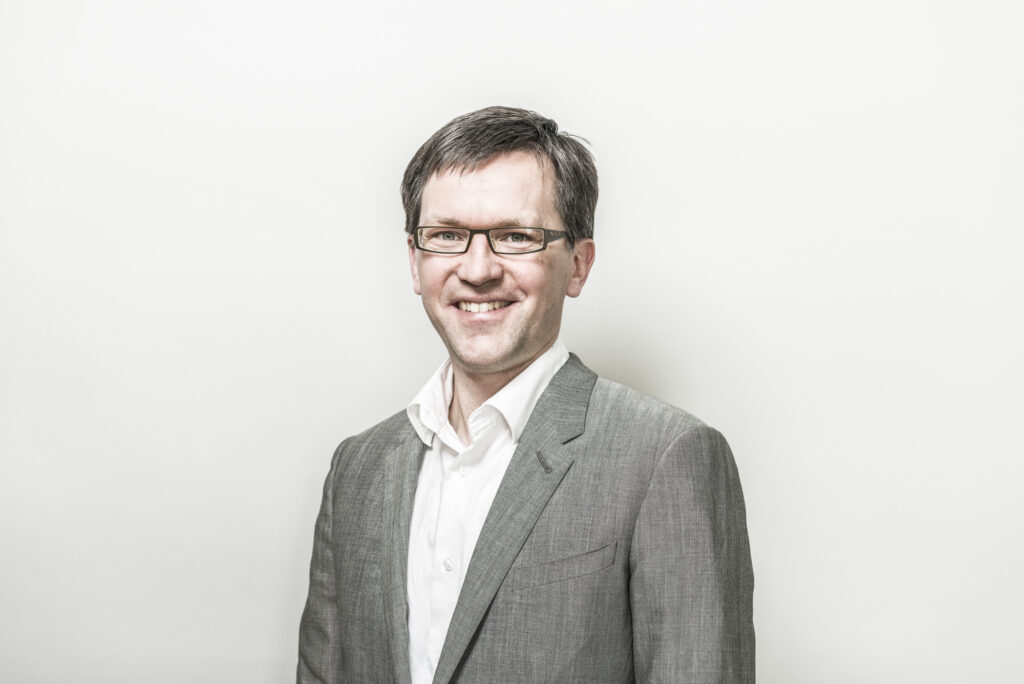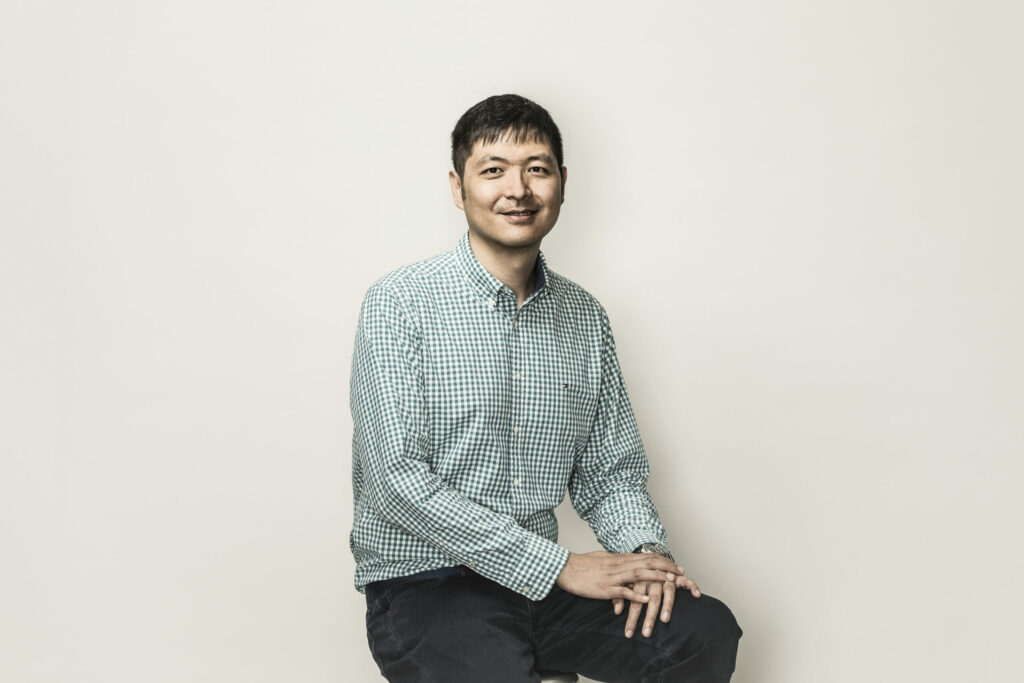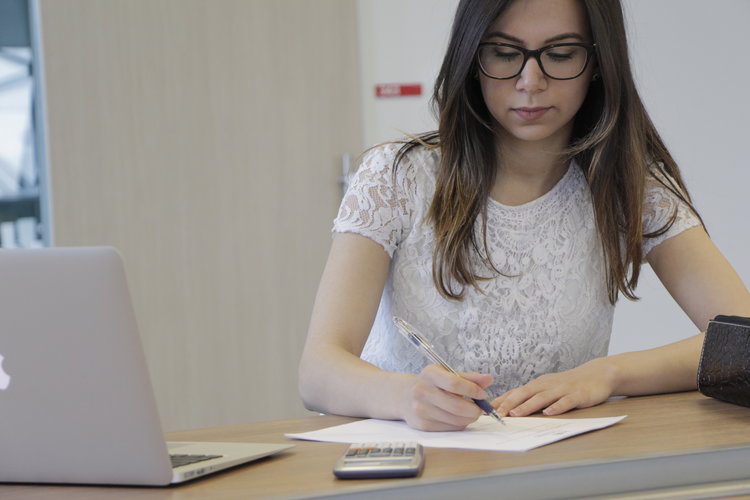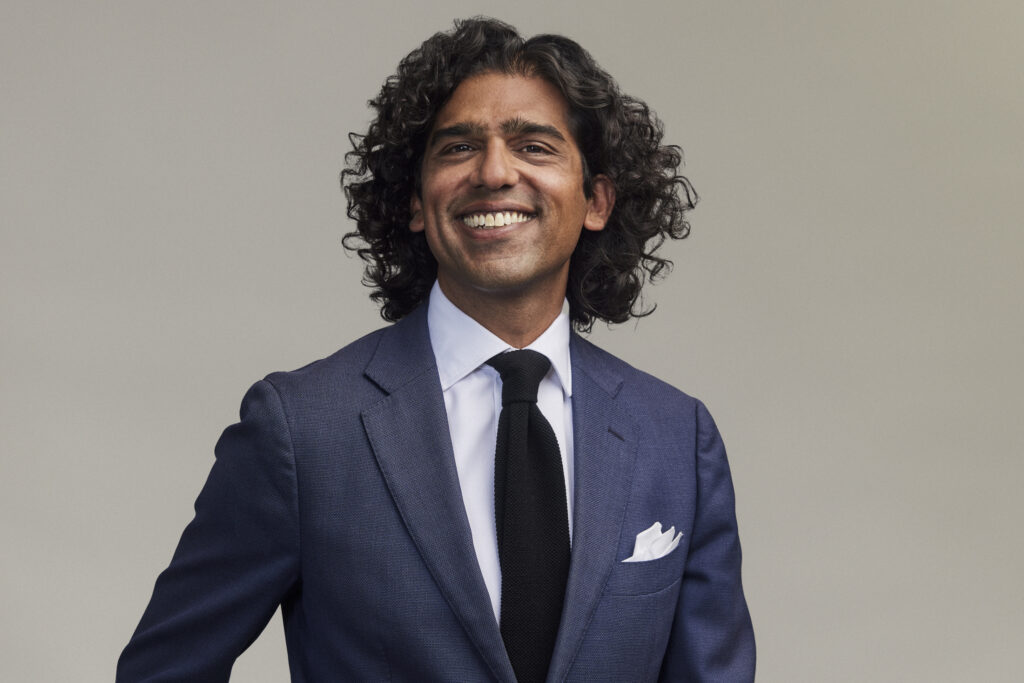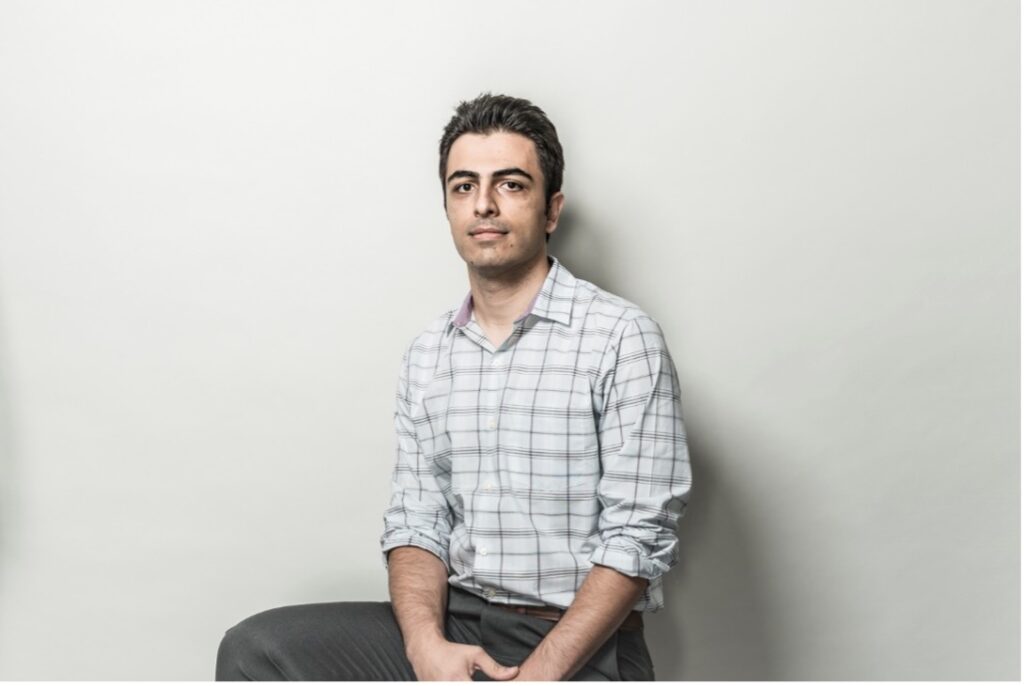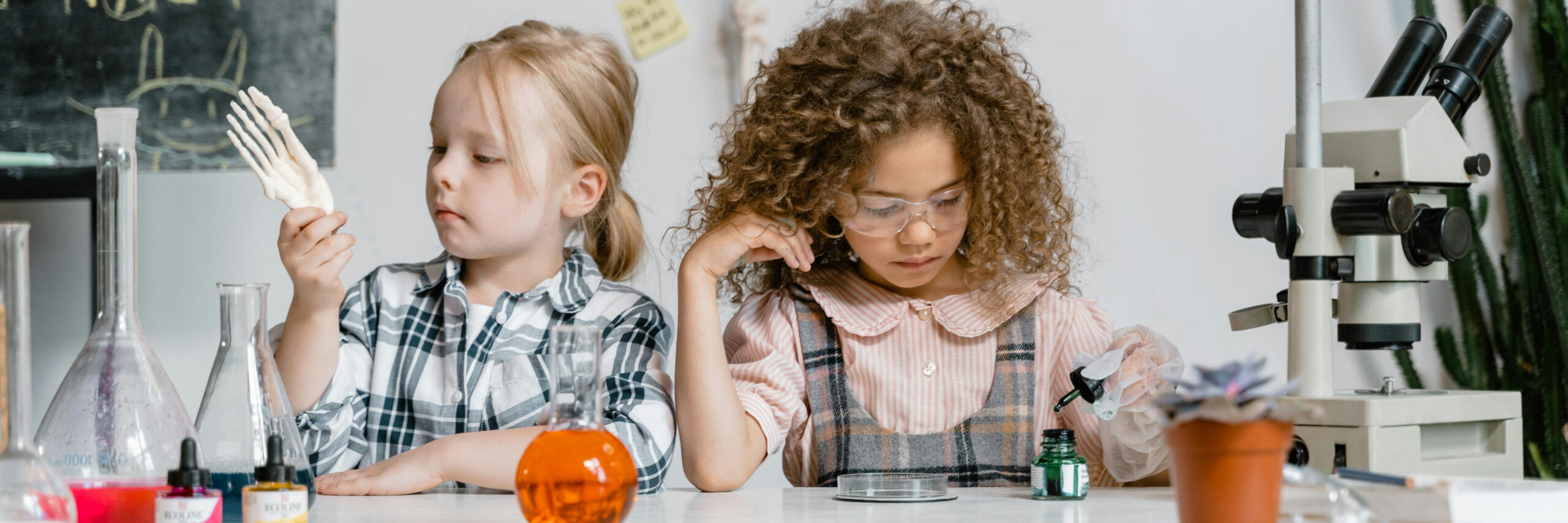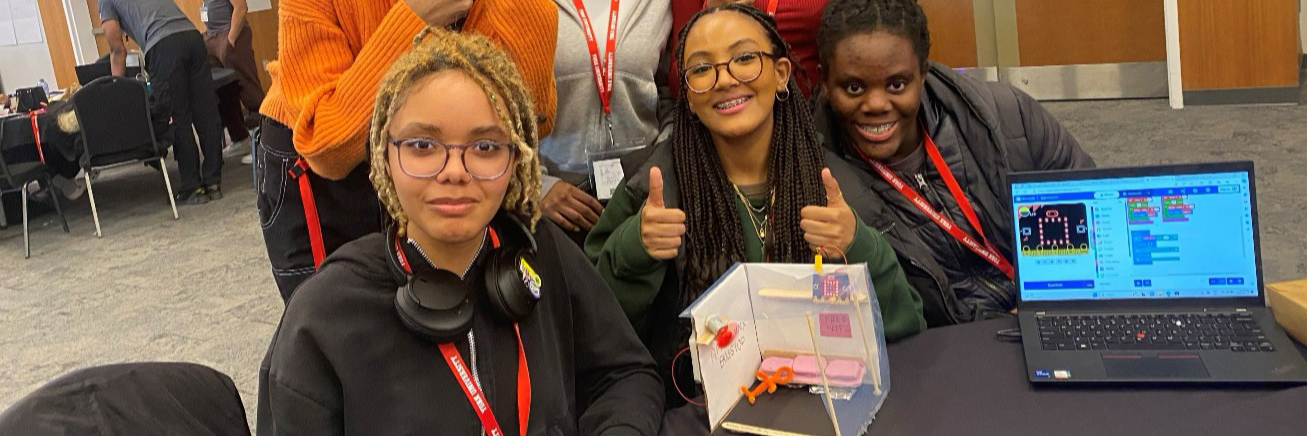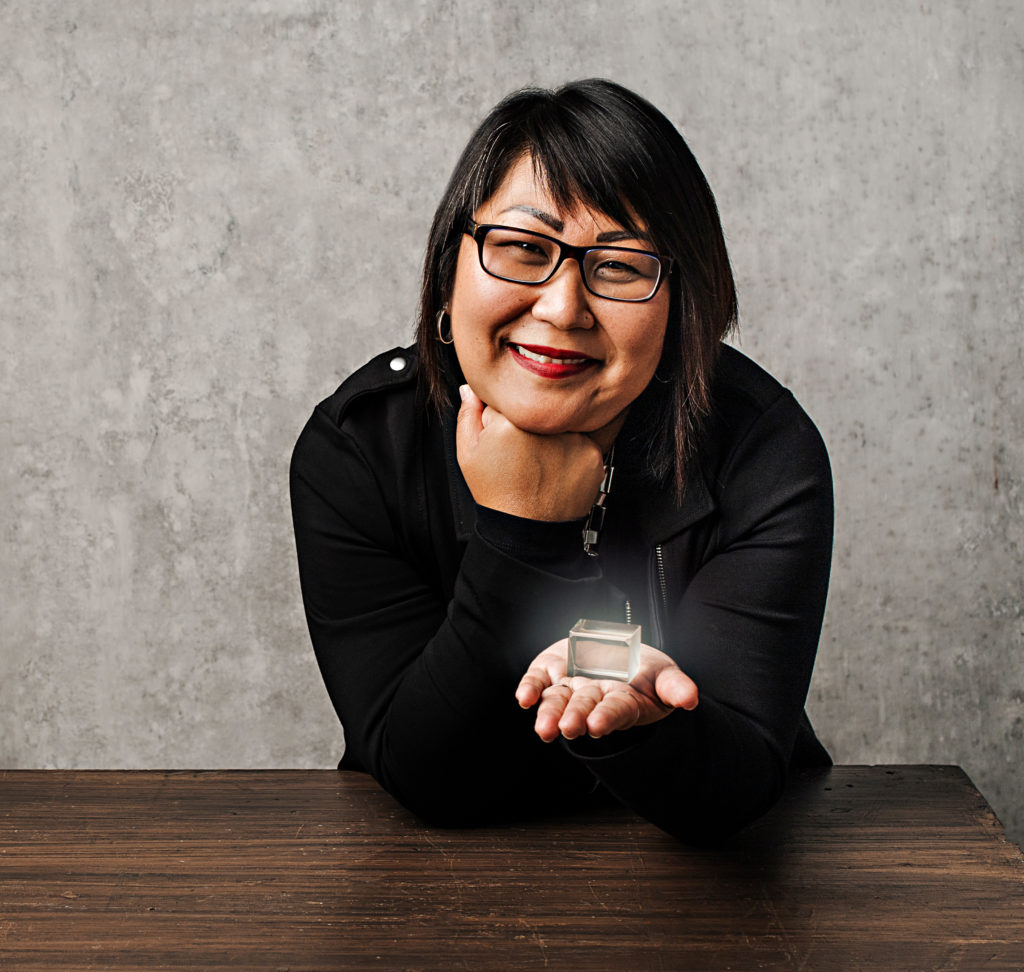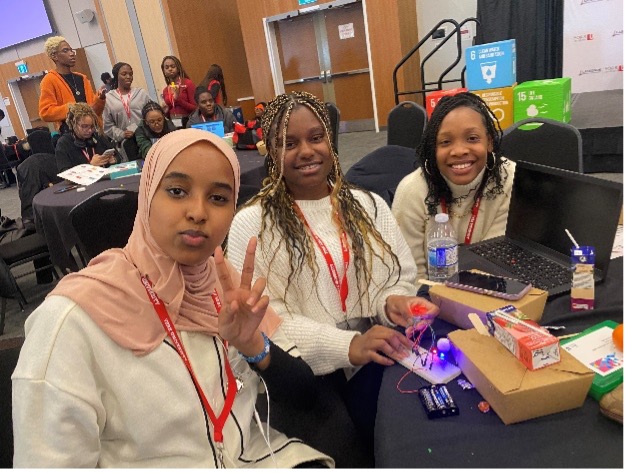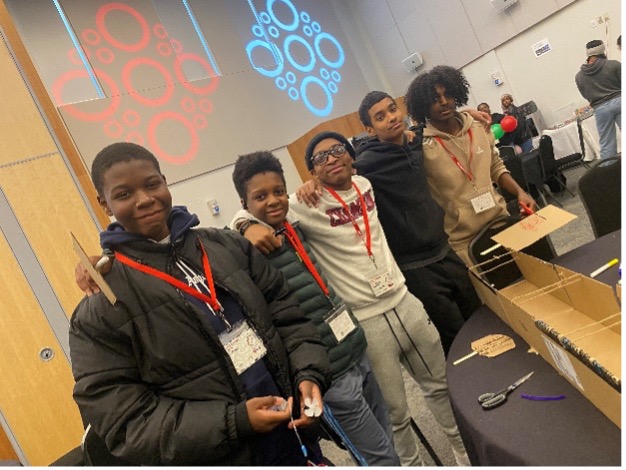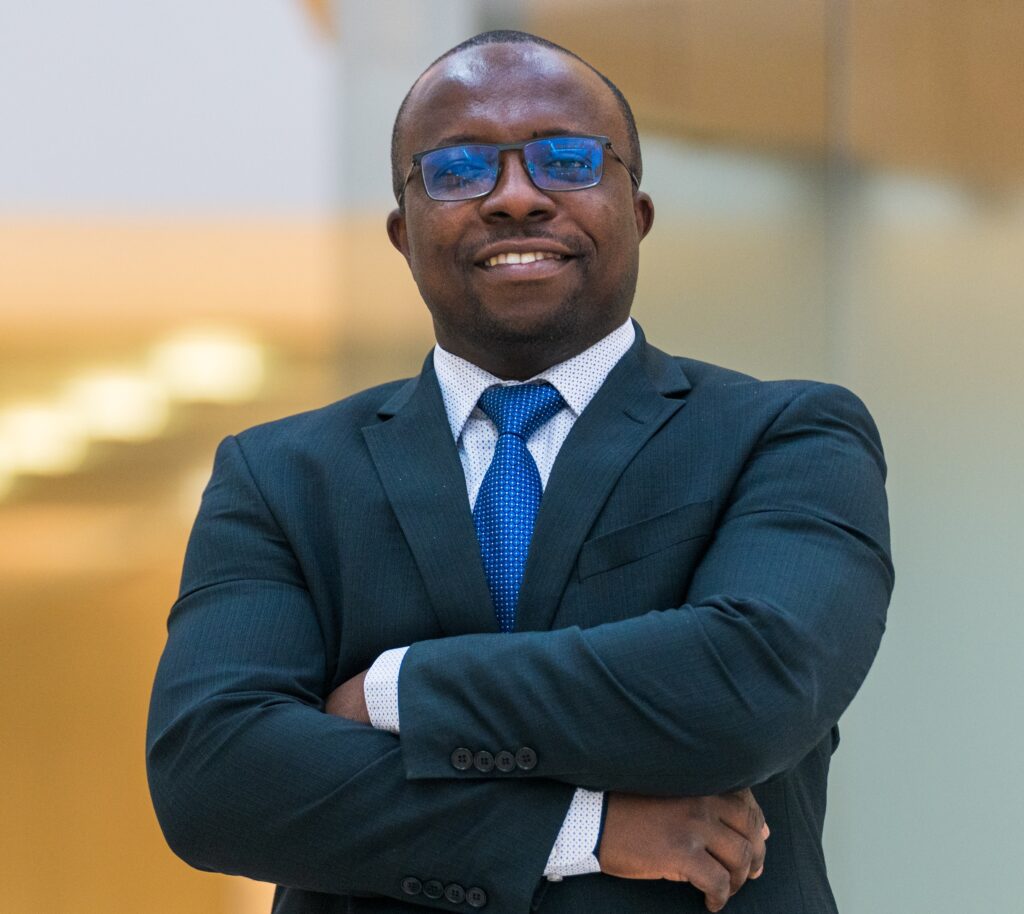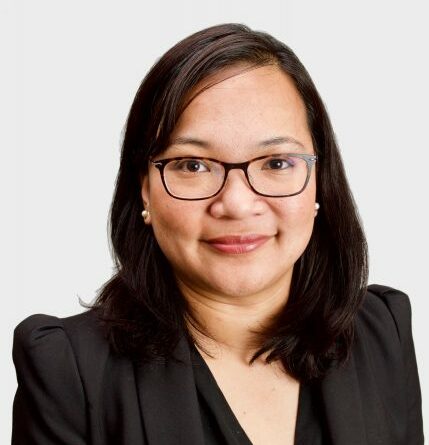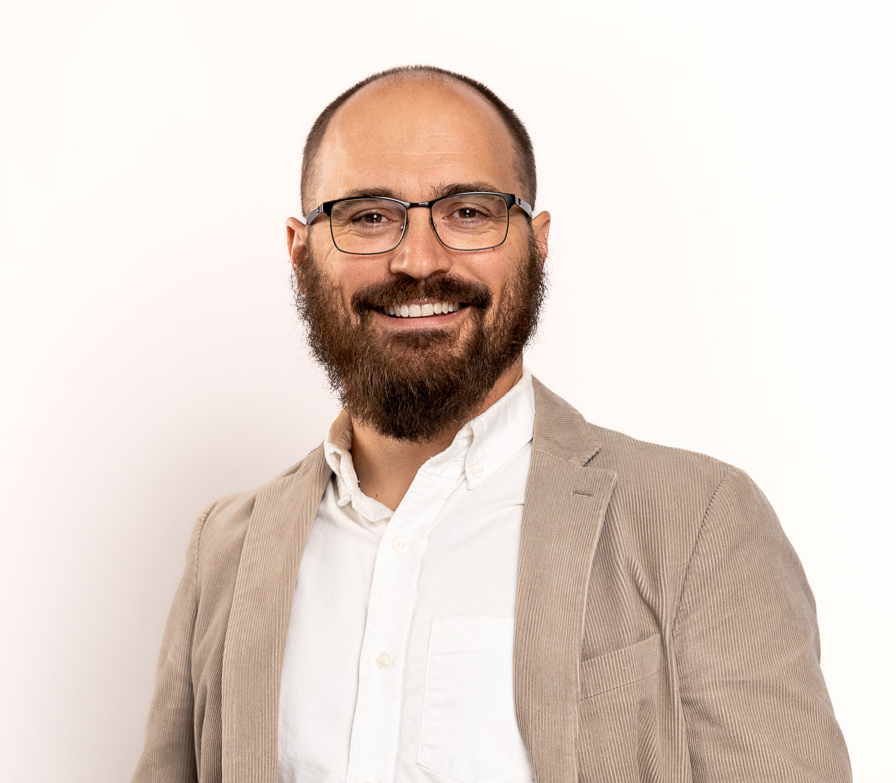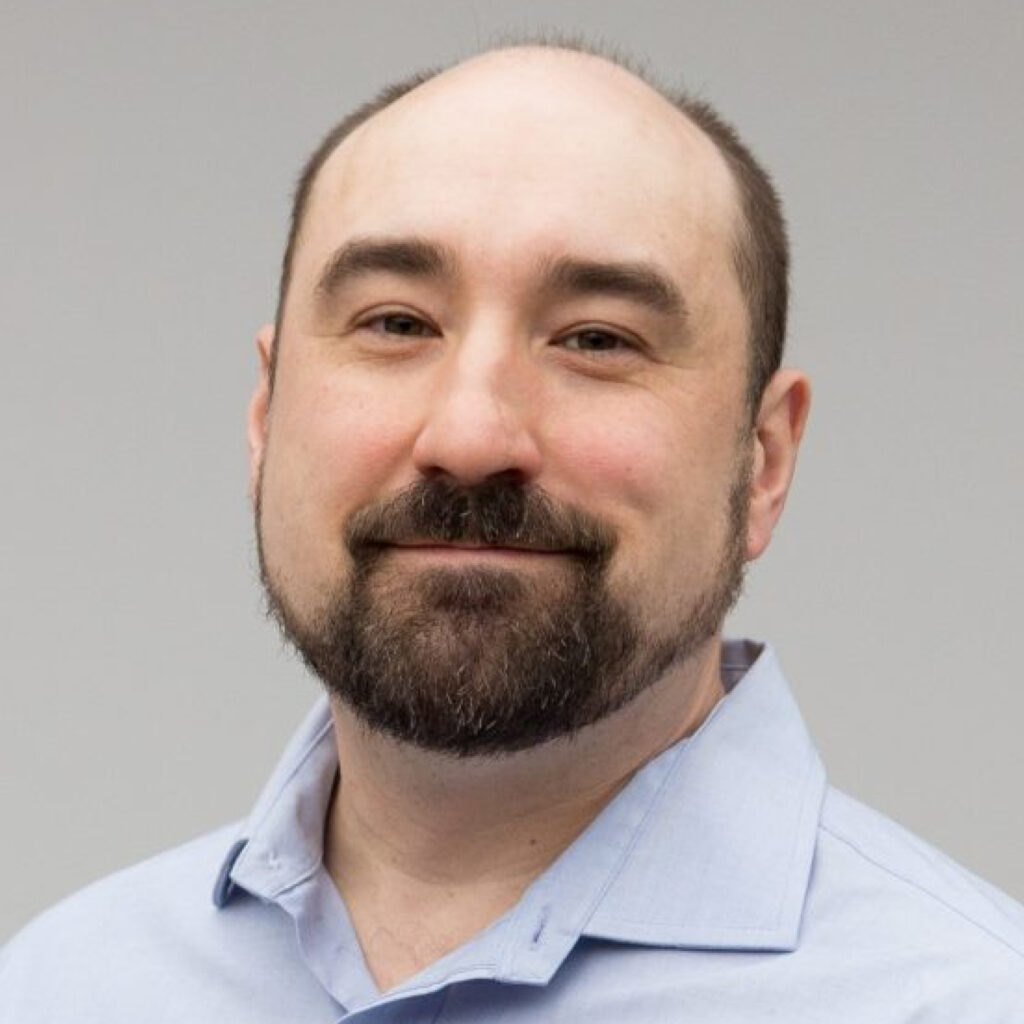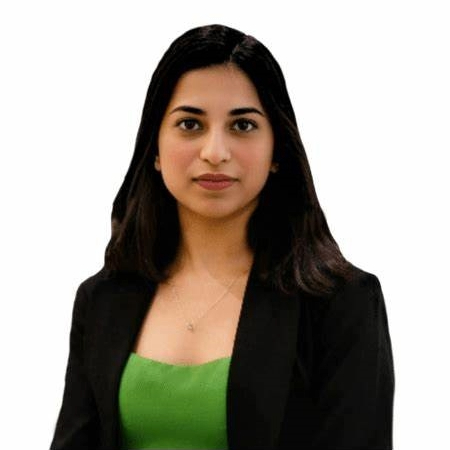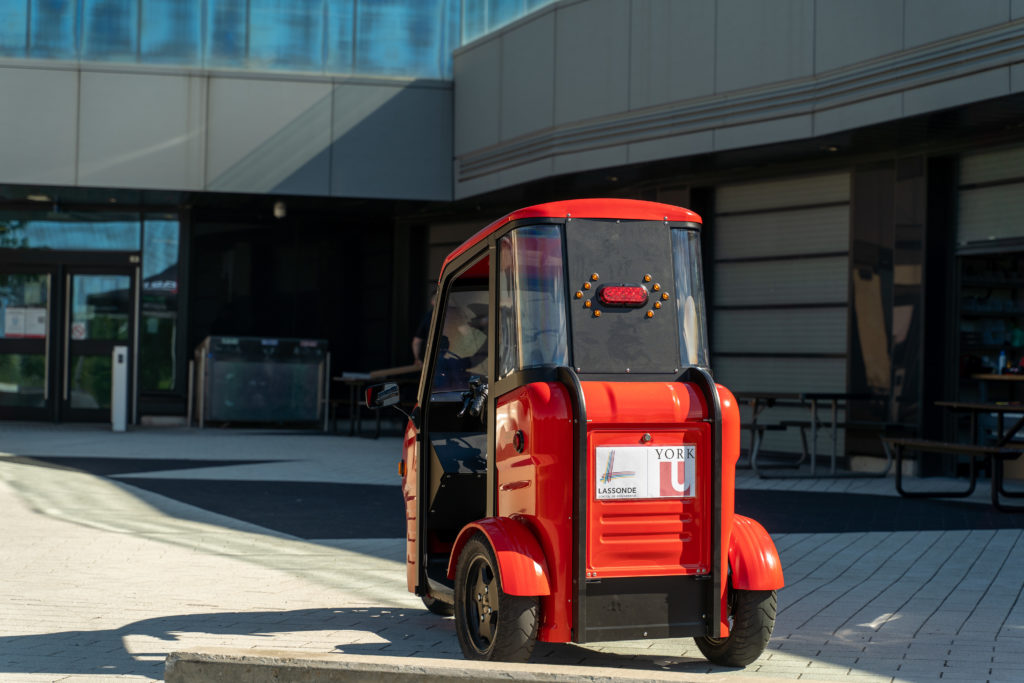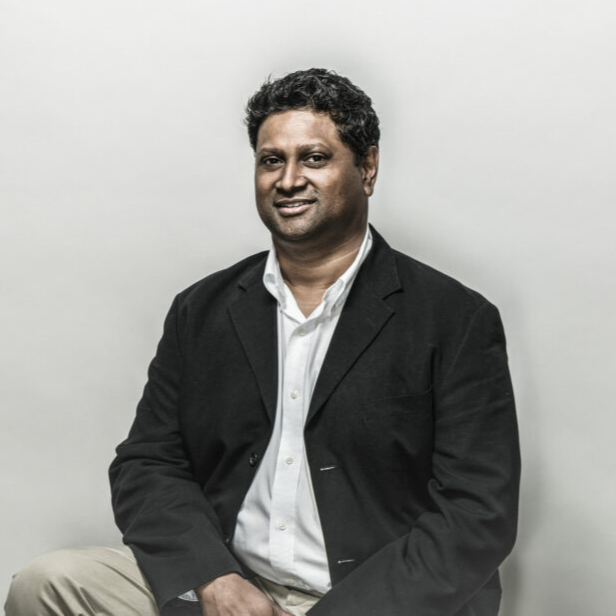Nick Di Scipio, a master of applied science candidate in mechanical engineering at York University’s Lassonde School of Engineering, is the CEO and founder of Pantheon Prototyping, an additive manufacturing (3D printing) company that has grown to provide services to major corporations.
Launched in 2021, Pantheon Prototyping is supported by a team of engineering, design and manufacturing experts who look to create functional products for various companies, layer by layer, leveraging the many benefits of additive manufacturing such as low production cost and enhanced product function.
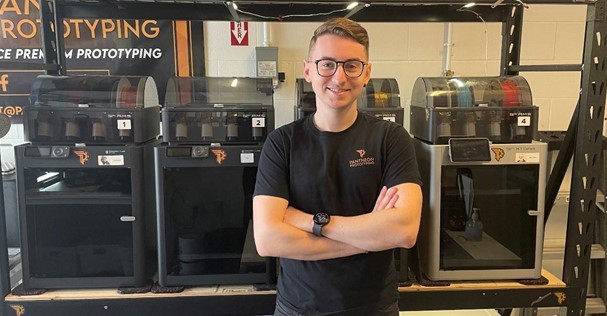
Di Scipio’s interest in 3D printing began in his first year as an undergraduate student at Lassonde. “After getting my own 3D printer, I started printing different tools and parts for my classmates, charging a small fee. From a single printer in my basement, I created my own company.”
He credits his ability to do so, in part, to the diverse courses and experiential learning opportunities he had at York and Lassonde, which exposed him to interesting technologies that inspired his curiosity and helped advance his technical skills.
“Lassonde is where I honed my skills as a mechanical engineer, learning the art of problem solving, engineering design, professional communication and more,” he says. “Lassonde was also where I first worked with 3D printers, and that exposure helped drive the creation of Pantheon. I learned that I could take 3D printing to the next level for students, business founders and other clientele.”
The Bergeron Entrepreneurs in Science and Technology (BEST) program was also pivotal to the growth and development of Pantheon Prototyping. Di Scipio’s experience in the program helped him gain essential business skills like accounting, creating a business model and developing a compelling business pitch.
Through the program, he received support, funding, networking opportunities and valuable mentorship from Professor Andrew Maxwell, BEST program director and Bergeron Chair in Technology Entrepreneurship.
“Nick has demonstrated the entrepreneurial characteristics that enable engineers to be changemakers,” says Maxwell. “Pantheon is a great example of deploying a new technology to maximize benefits for Lassonde and York.”
In recent successes, Di Scipio had the opportunity to work with automotive industry leader Automotive Parts Manufacturers Association (APMA). While attending the Collision Conference in 2023, Di Scipio met the president of APMA, and months later, Pantheon Prototyping was hired to create 3D-printed corporate gifts and merchandise as part of the company’s new initiative Project Arrow, which aims to create Canada’s first zero-emission concept vehicle.
Harnessing the power of 3D printing, Di Scipio developed a unique, interactive business card (kit card) and customized, scaled-down model of the Project Arrow car, among other tailor-made products.
Working with prominent companies like APMA has enhanced Di Scipio’s entrepreneurial experience and allowed him to become an important part of monumental projects.
With the support of Lassonde behind him, Di Scipio will continue to advance the capabilities of Pantheon Prototyping and elevate the company to new heights. What started as a simple idea has grown into a well-respected organization with big plans for the future, like launching sub-brands to create highly specific products and tackle different markets.
“When I first decided to create a startup, I was an undergrad engineering student with zero experience in what it takes to run a business,” he says. “You don’t need a business background to be an entrepreneur; all you need is a good idea, a strong vision of where you want to take your idea and the determination to make that vision a reality.”


